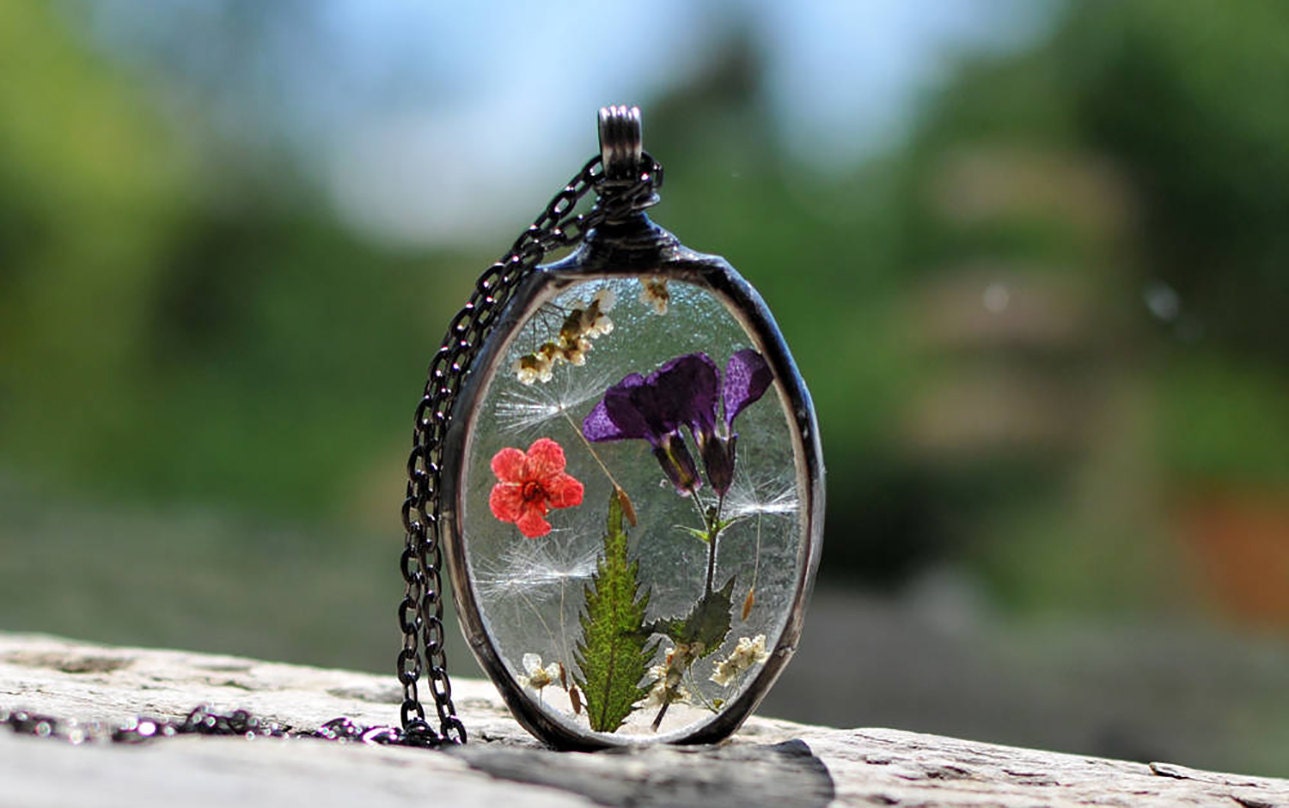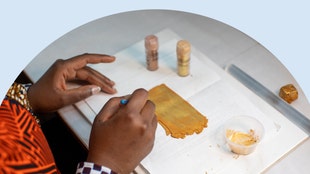Understanding how your camera works will help you get the best shot of your product. Review these basic camera features and settings to learn how they contribute to your photos. While you may not use all these settings and modes if you’re using a point-and-shoot camera or a smartphone, understanding the basic principals of photography will help you take better photos.
Exposure
The exposure determines how light or dark your photo is. It is created by three factors: aperture, shutter speed, and ISO. Understanding how each of these elements work on their own—and in relationship to each other—will help you get great exposures, and as a result, great photos.
Aperture
The aperture is the opening through which light reaches your camera’s image sensor. The wider the aperture, the more light is let in by the camera’s lens. The smaller the f/# you use, the larger the aperture opening. In low light situations, reducing your f/# increases the aperture to let in more light. The larger the aperture, the smaller the depth of field (see below).
Shutter speed
Measured in fractions of a second, shutter speed is the length of time the shutter of your camera is open while you take a picture. Short or fast shutter speed (like 1/1000 of a second) allow less time for light to pass through your lens, whereas longer shutter speed (like 1/250 of a second) creates a longer exposure, and may be useful in low light situations. When using a slow shutter speed, it's helpful to use a tripod to avoid blurring.
ISO
ISO determines how sensitive your camera is to light. Similar to setting your ISO on a film camera, a low ISO means your camera is less sensitive to light, requiring more light for a decent exposure. A high ISO makes your camera more sensitive to light.
ISOs for digital cameras typically range from 200 to 1600. When shooting outdoors in the full sun, use a low ISO. When shooting indoors with less light set your ISO higher to capture more light.
Depth of field

Depth of field refers to the depth of focus in your image. A large (or deep) depth of field allows you to take photos where objects closest to the camera and those further from the camera are both in focus, whereas a small (or shallow) depth of field means only the objects closest to the camera will be sharp. The smaller the aperture, the larger the depth of field.
Camera modes and settings
The type of camera you use will determine many of your options for settings and modes, but here are some common modes and settings you may want to explore. Advanced camera modes control how much you, the photographer, control the exposure. If you’re a beginner, start with automated and build up to more manual modes as you become more confident with your camera. Refer to your camera manual to determine how modes are labeled.
- Fully automated or automatic: Your camera makes all the decisions, determining the best exposure using a built-in light sensor. In this mode your camera may determine it's appropriate to use its built-in flash.
- Program: Your camera selects the shutter and aperture, but allows you to set the ISO, white balance, and choose whether you want to use the flash.
- Shutter priority: Allows you to select the shutter speed while your camera determines the rest.
- Aperture priority: Allows you to set the aperture while your camera determines the rest.
- Manual: Gives you full control to adjust to your particular subject and lighting conditions.
- Macro mode: A large aperture yields a small depth of field, resulting in a blurred background and in-focus foreground objects. This mode is ideal for photographing small objects and detail.
- Portrait: A mid-range aperture and depth of field highlights a nearby subject against a somewhat blurry background.
- Landscape: A small aperture yields a deep depth of field, capturing nearby and far objects in focus.
- Action/kids: Your camera's highest ISO and fastest shutter speed captures movement. A large aperture captures moving objects against a blurry background.
- Nighttime: A slow shutter speed and high ISO allows more light in. A built-in flash often compensates for low-lit situations.
- Bulb mode: This mode keeps the shutter open for as long as you choose, allowing for extended exposures.
- Drive or burst or continuous mode: Allows you to capture several shots in quick succession with one press of the shutter-release button.
- White balance: This setting determines the color balance in your photos by ensuring that white objects appear white. Your camera likely has several automatic white balance settings for you to choose from to capture the most natural-looking colors in your photos.
To learn even more about your specific camera model, consult the manual that came with it.
Continue reading > Chapter 6: How to Shoot Your Products
Go back > The Ultimate Guide to Product Photography
 Words by Etsy Staff
Words by Etsy Staff




